Maurizio Cattelan at the Guggenheim, New York
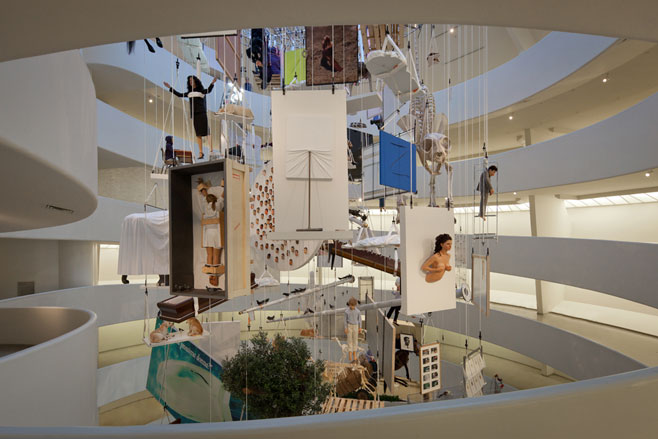
Artist Maurizio Cattelan is a notorious provocateur, best known for controversial sculptures like La Nona Ora (The Ninth Hour) - his effigy of Pope John Paul II pole-axed by a meteorite - and a site specific work in Milan, for which he hung up life-sized models of children by their necks from a tree. The Italian may have just announced his 'retirement', yet he is still up to his old tricks. For 'Maurizio Cattelan: All', his current retrospective at the Guggenheim in New York, Cattelan has strung up his entire oeuvre on a series of ropes, so that it dangles from the museum's rotunda as if hanging from the gallows.
It's a fitting end to a career that seems to have long revolved around death. In fact, before he even became an artist, he worked in a morgue. But mortality aside, the satirist's references are wide ranging, encompassing everything from pop culture and history, to religion - a diversity made all the more apparent in the giant tangled mass in the Guggenheim.
Filling the void of the Frank Lloyd Wright spiral, the 128 works defy chronology, with trademark Cattelan irreverence. As curator Nancy Spector puts it, 'the installation lampoons the idea of comprehensiveness'. There's also a good dose of self-mockery to his act of literal 'career suicide', something that has always pervaded his work. Look closely and among the pieces you'll spot that giant portrait of the artist from 1995, in which he is seen lying on his back, waving his limbs in the air like an eager-to-please dog.
But while 'Maurizio Cattelan: All' is said to be the last show for the Padua-born artist, don't expect him to slip into obscurity any time soon. The exhibition also marks the launch of the fourth issue of Toilet Paper, his ongoing magazine series, produced in collaboration with fashion photographer Pierpaolo Ferrari.
Launched in January 2010 and made up solely of surreal and ambiguous images, Toilet Paper is a direct reference to the disposable nature of publishing. In Cattelan's words: 'Sooner or later all magazines end up in the toilet.' The aesthetic combines high production values with unsettling narratives - often of a violent or sexual nature - and a palpable sense of menace.
Ferrari, who in 2006 created art magazine Le Dictateur, describes the collaboration as a 'mental outburst of shared ideas'. The result is a fascinating collection of visual tableaux that confuse, compel and shock, as well as capturing a kind of edge-of-the-diving-board intensity. Gracing the pages of issue four are everything from a man wearing giant fish heads as shoes, to a female figure covered in clothes pegs.
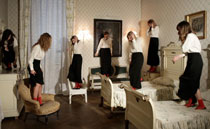
Watch a short film accompanying the latest issue of Toilet Paper
Receive our daily digest of inspiration, escapism and design stories from around the world direct to your inbox.
In almost every image of Toilet Paper it feels as if something is on the point of happening. But as with everything Cattelan touches, you never know quite what. And, in spite of his deathly stunt at the Guggenheim, it serves as a potent reminder that you shouldn't write his epitaph just yet.
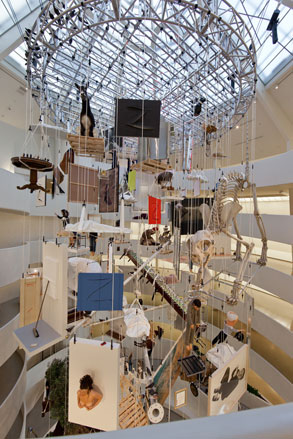
Nearly 130 of his works fill the Frank Lloyd Wright spiral; Courtesy of the Solomon R. Guggenheim Foundation

Among the works on show is 'La Rivoluzione siamo noi' from 2000
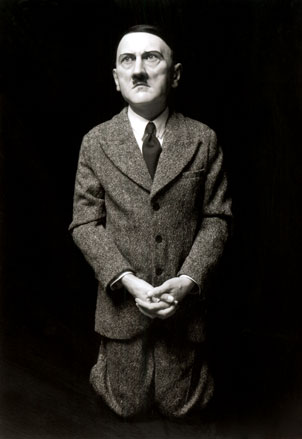
'Him' by Maurizio Cattelan, 2001; Courtesy of the artist
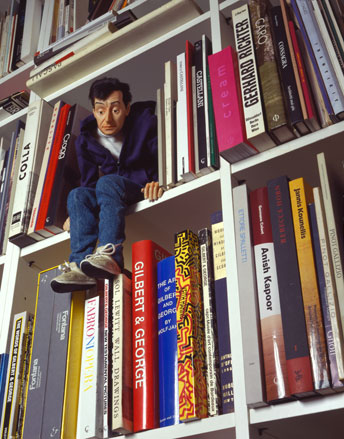
'Mini Me' by Maurizio Cattelan, 1999; Courtesy of the artist

'L.O.V.E.' by Maurizio Cattelan, 2010
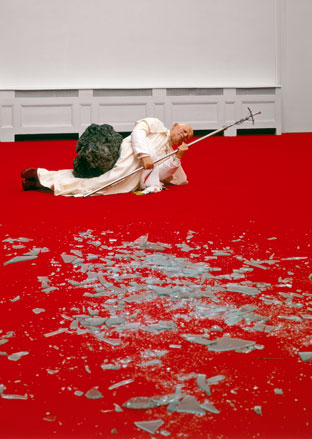
'La Nona Ora' by Maurizio Cattelan, 1999; Courtesy of the artist
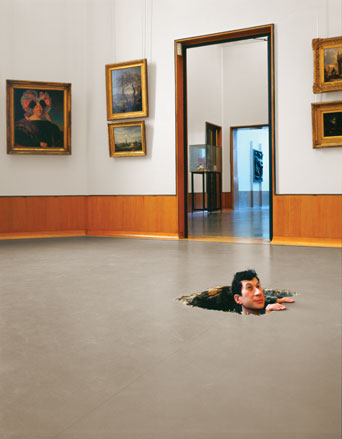
'Untitled' by Maurizio Cattelan, 2001; Courtesy of the artist
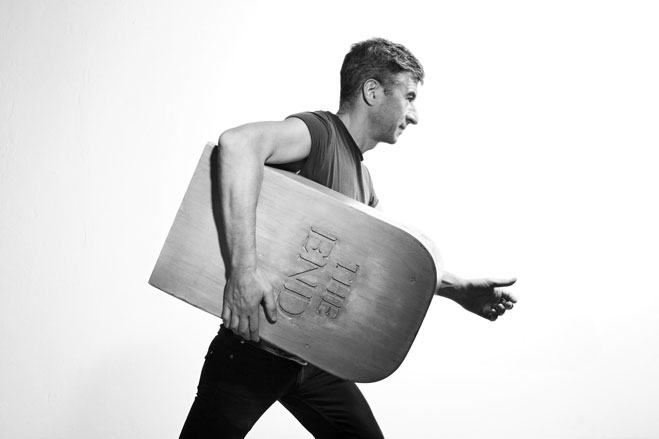
Maurizio Cattelan
-
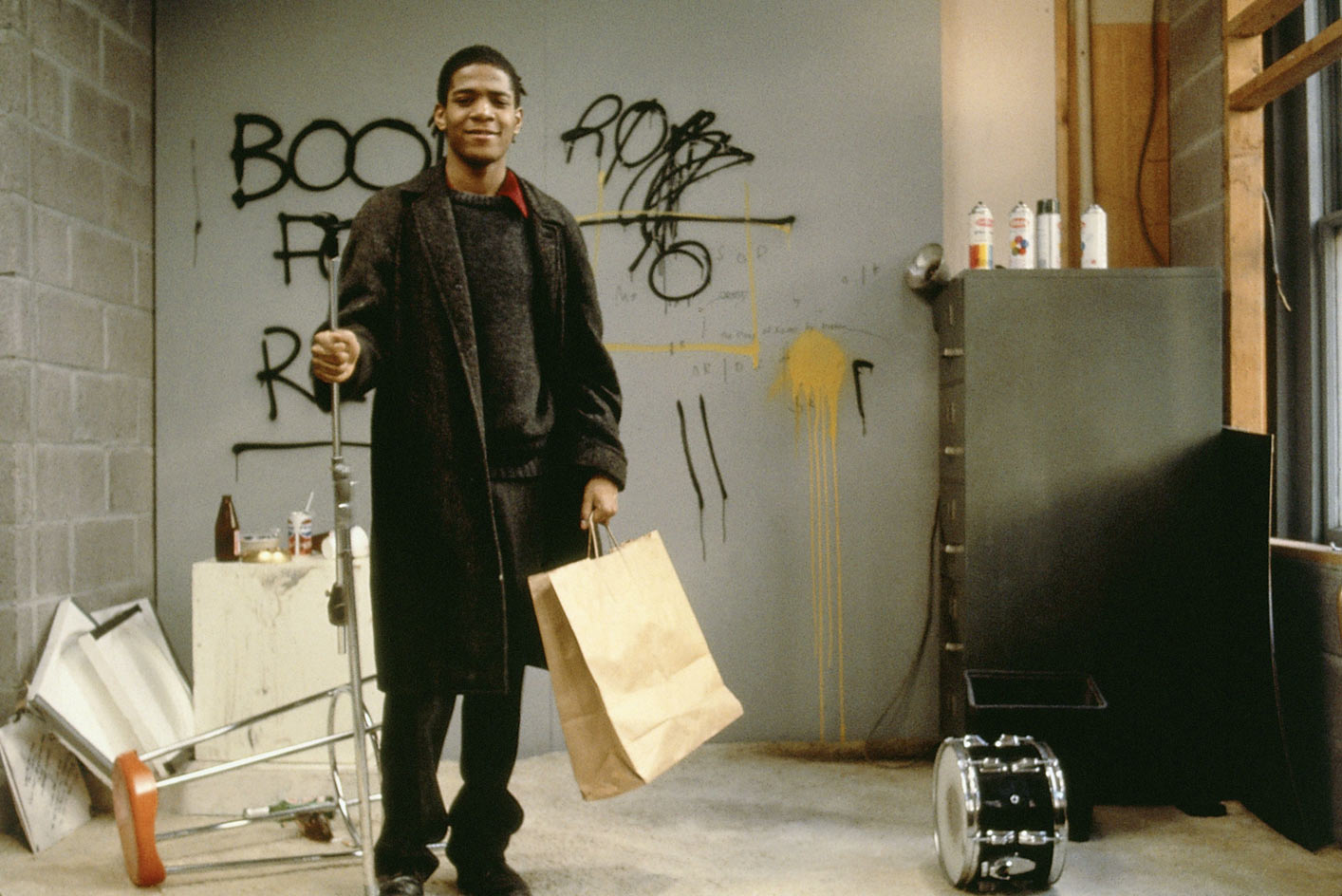 Modern masters: the ultimate guide to Jean-Michel Basquiat
Modern masters: the ultimate guide to Jean-Michel BasquiatNew York artist Jean-Michel Basquiat centred the Black subject in political, electric works which resist easy definition
-
 The Citroën Ami Dark Side is a special edition electric city car with a true Halloween vibe
The Citroën Ami Dark Side is a special edition electric city car with a true Halloween vibeTrick or treat? The Dark Side edition of the tiny Citroën Ami is a gothic delight for micro-minded commuters
-
 The Architecture Edit: Wallpaper’s houses of the month
The Architecture Edit: Wallpaper’s houses of the monthFrom Malibu beach pads to cosy cabins blanketed in snow, Wallpaper* has featured some incredible homes this month. We profile our favourites below
-
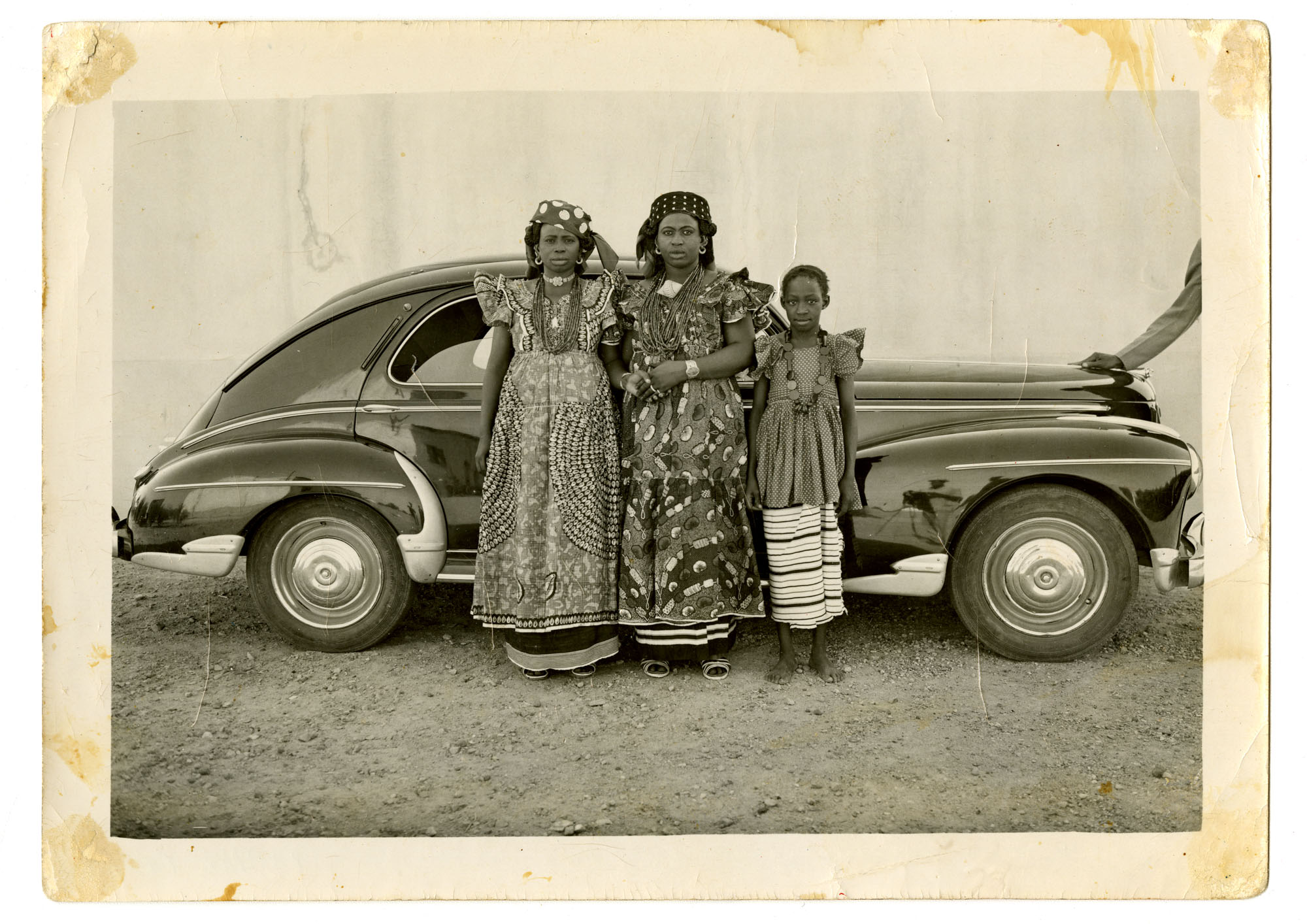 Inside the work of photographer Seydou Keïta, who captured portraits across West Africa
Inside the work of photographer Seydou Keïta, who captured portraits across West Africa‘Seydou Keïta: A Tactile Lens’, an exhibition at the Brooklyn Museum, New York, celebrates the 20th-century photographer
-
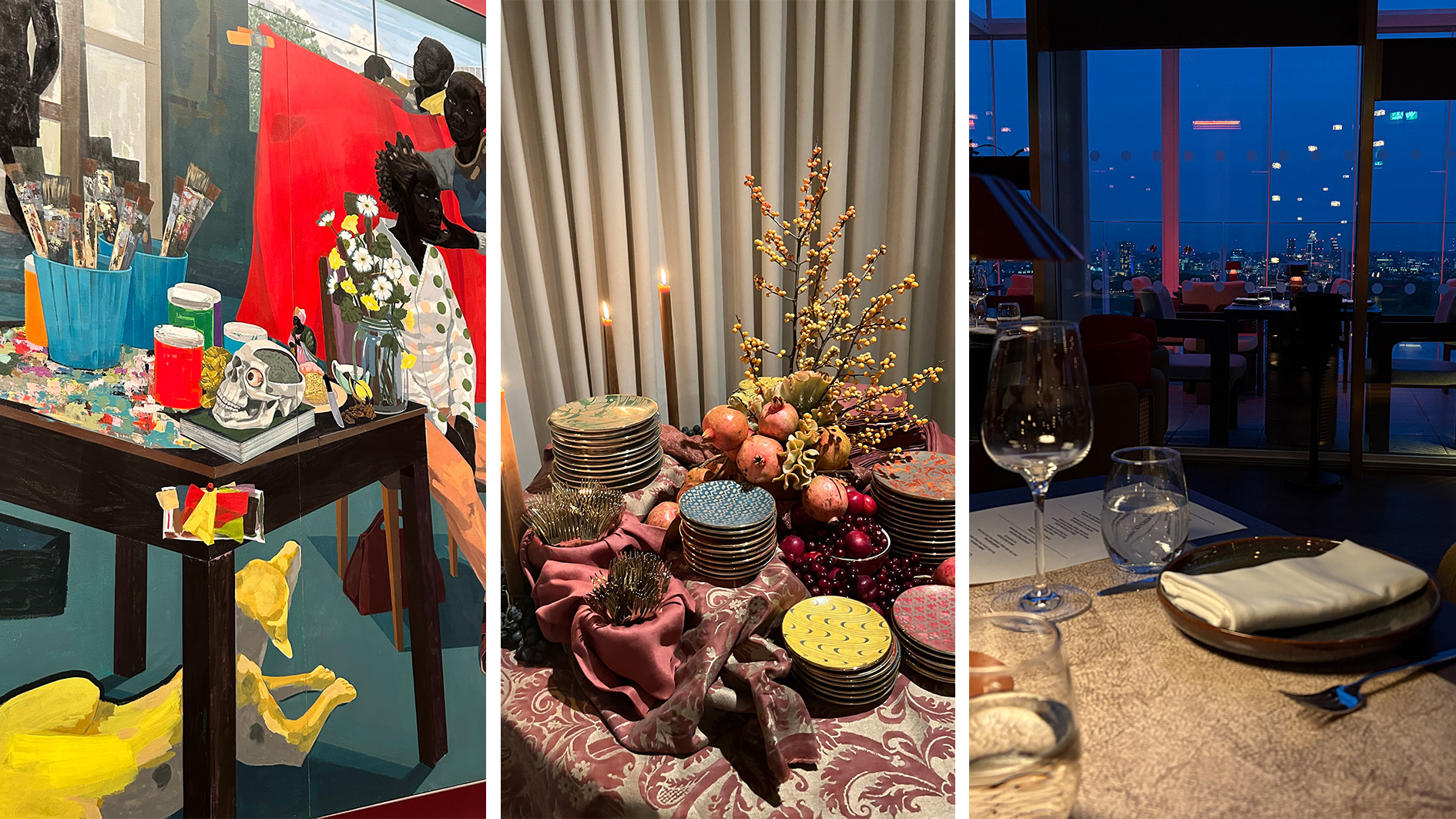 Out of office: The Wallpaper* editors’ picks of the week
Out of office: The Wallpaper* editors’ picks of the weekFrom sumo wrestling to Singaporean fare, medieval manuscripts to magnetic exhibitions, the Wallpaper* team have traversed the length and breadth of culture in the capital this week
-
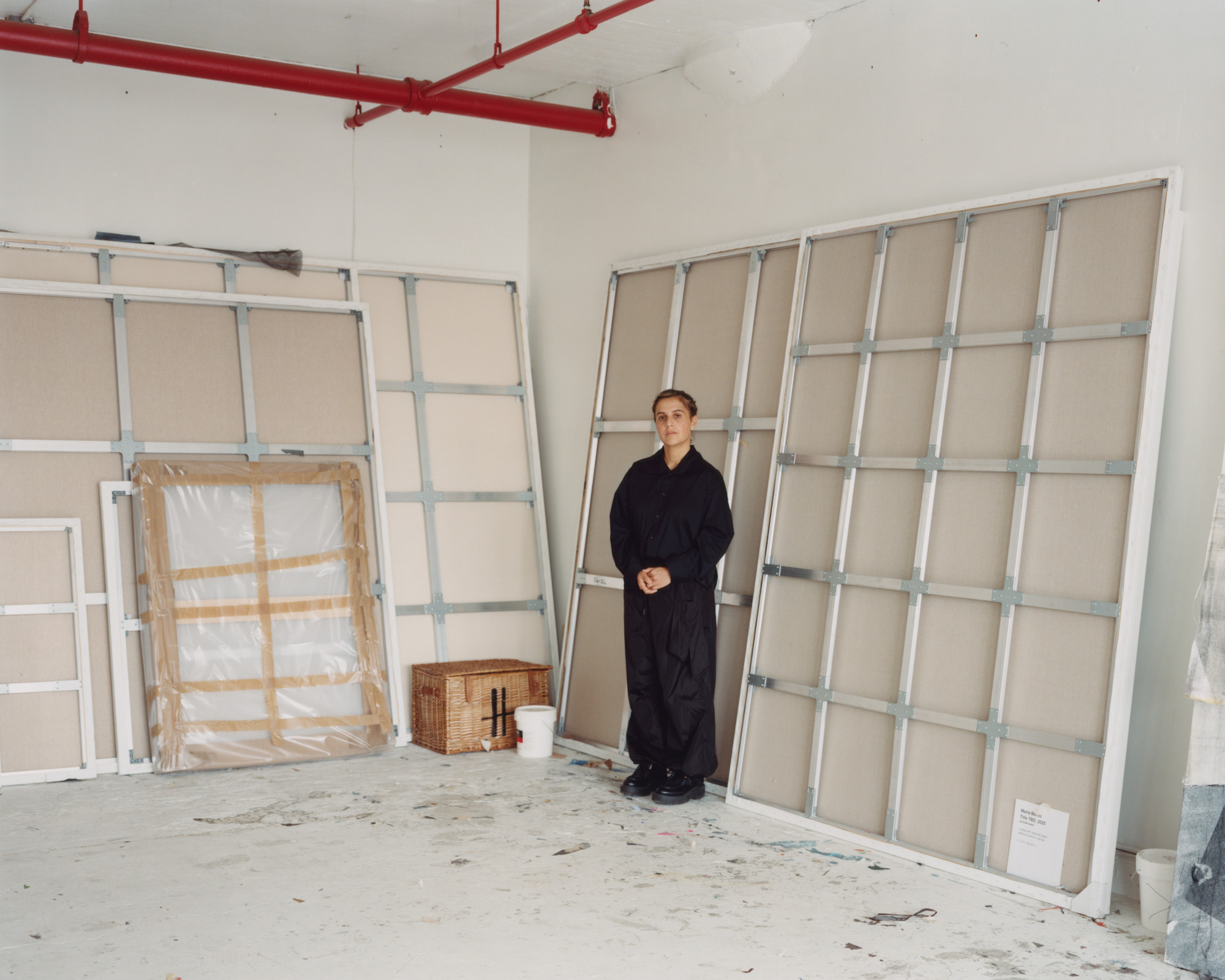 María Berrío creates fantastical worlds from Japanese-paper collages in New York
María Berrío creates fantastical worlds from Japanese-paper collages in New YorkNew York-based Colombian artist María Berrío explores a love of folklore and myth in delicate and colourful works on paper
-
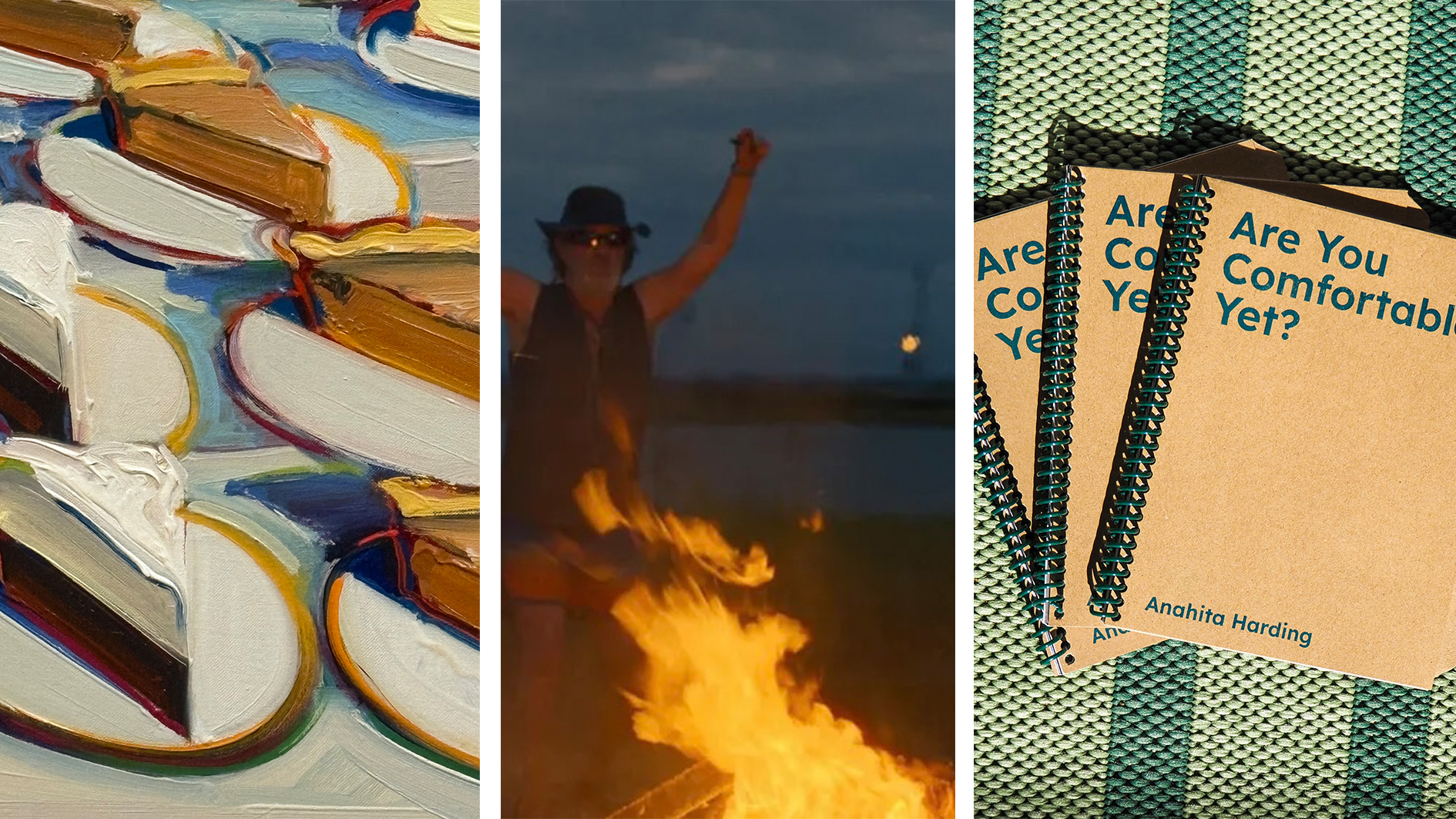 Out of office: the Wallpaper* editors’ picks of the week
Out of office: the Wallpaper* editors’ picks of the weekAs we approach Frieze, our editors have been trawling the capital's galleries. Elsewhere: a 'Wineglass' marathon, a must-see film, and a visit to a science museum
-
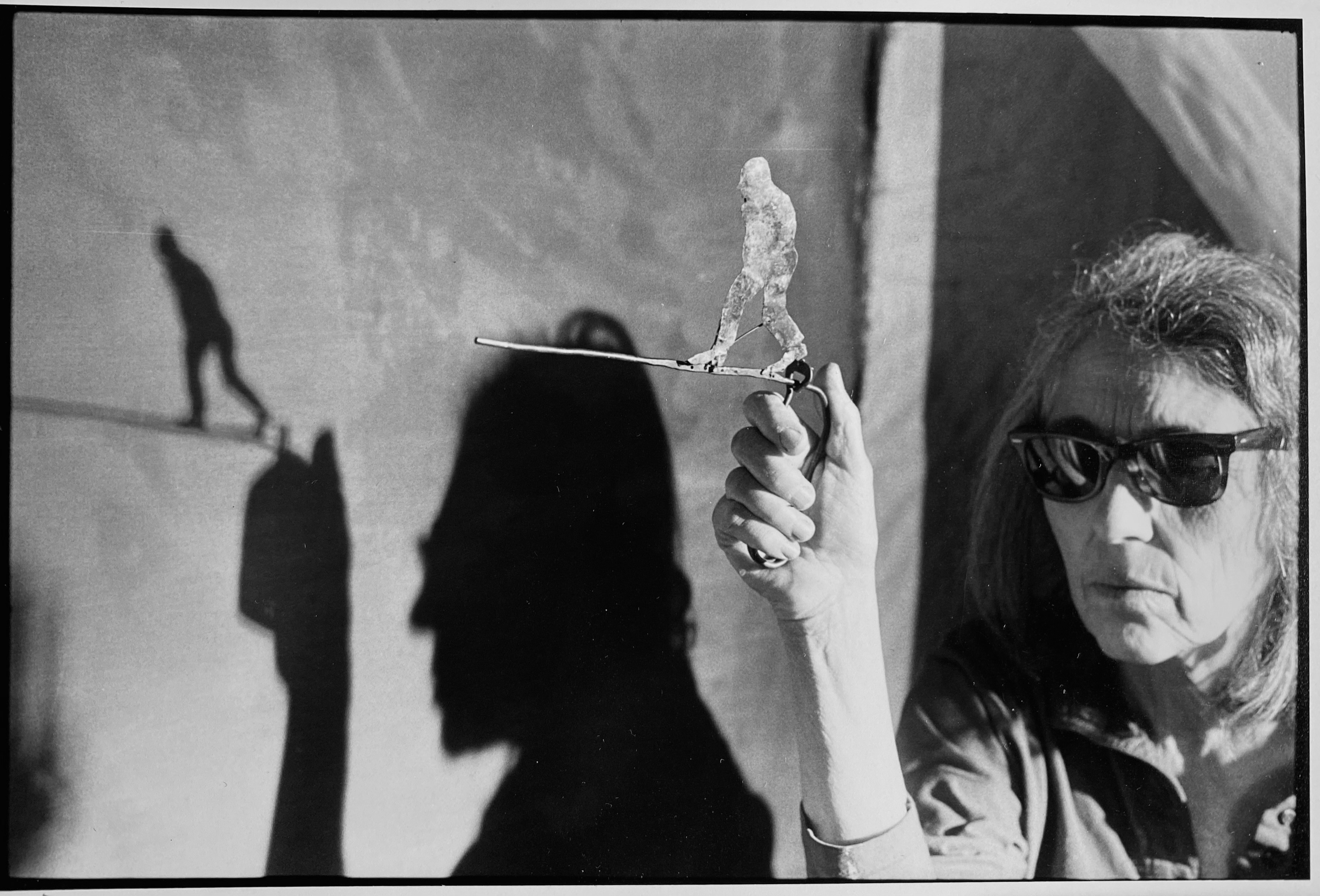 June Leaf’s New York survey captures a life in motion
June Leaf’s New York survey captures a life in motionJune Leaf made art in many forms for over seven decades, with an unstoppable energy and fierce appetite leading her to rationalise life in her own terms.
-
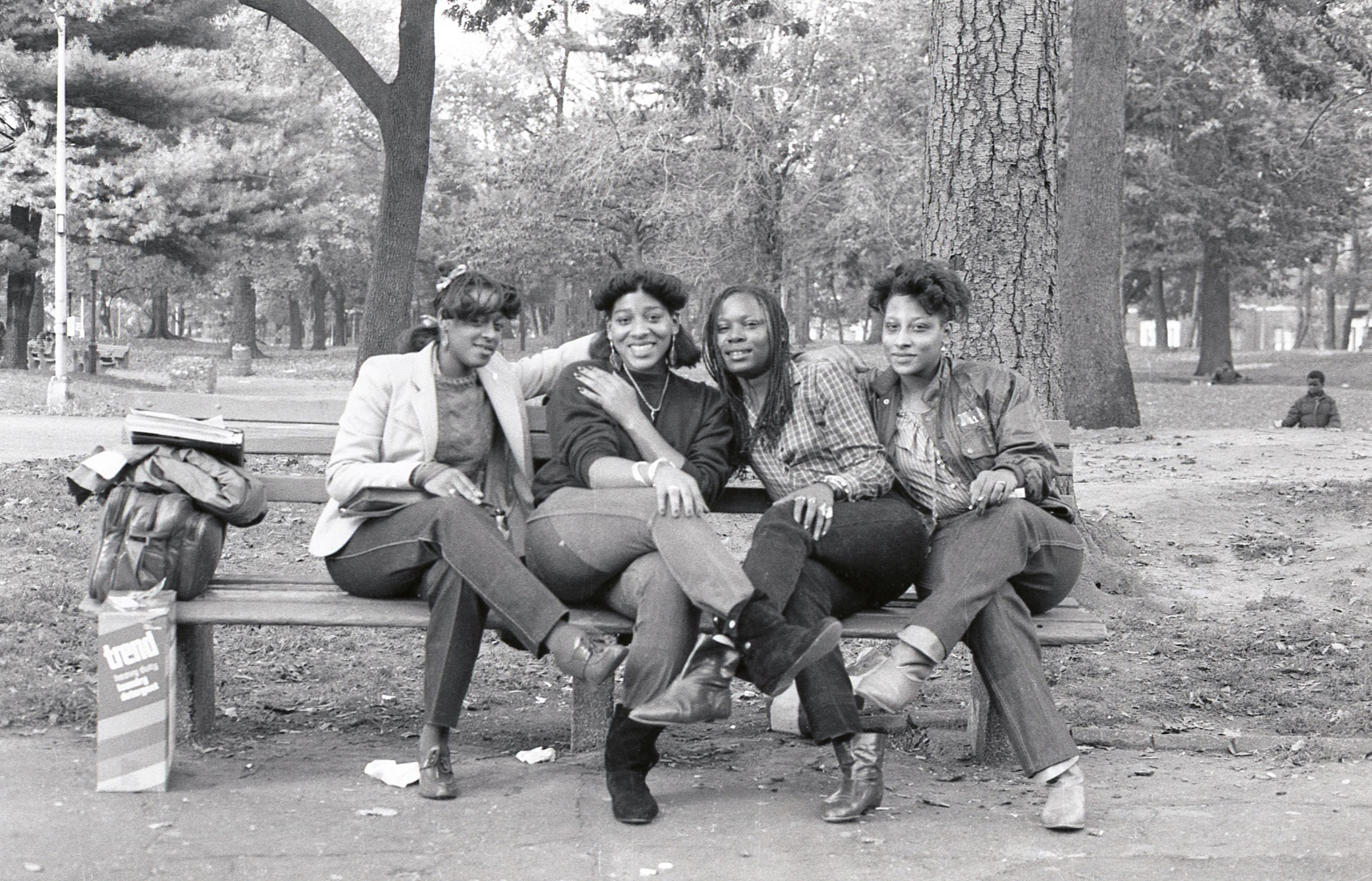 Jamel Shabazz’s photographs are a love letter to Prospect Park
Jamel Shabazz’s photographs are a love letter to Prospect ParkIn a new book, ‘Prospect Park: Photographs of a Brooklyn Oasis, 1980 to 2025’, Jamel Shabazz discovers a warmer side of human nature
-
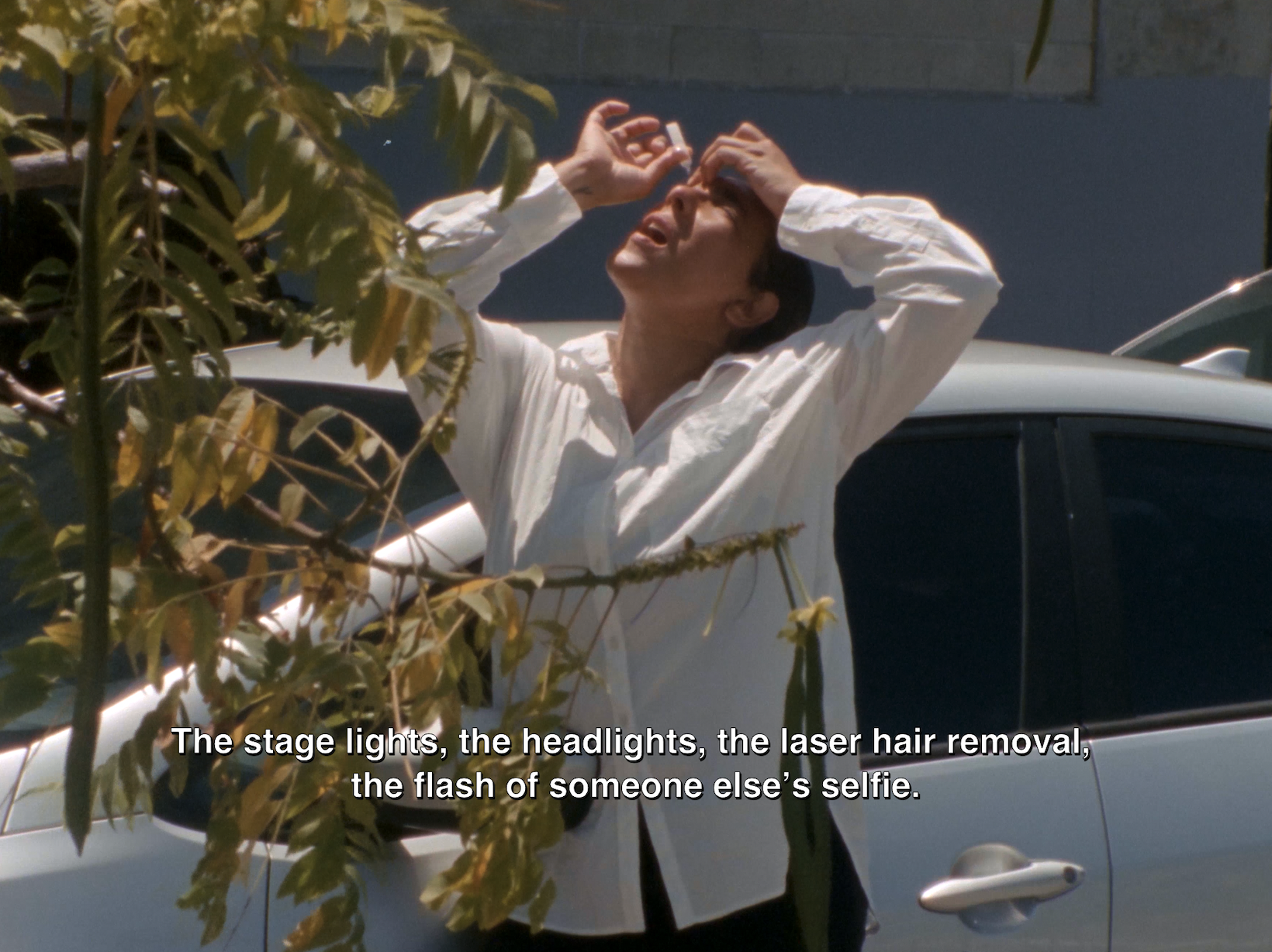 The Hammer Museum in Los Angeles launches the seventh iteration of its highly anticipated artist biennial
The Hammer Museum in Los Angeles launches the seventh iteration of its highly anticipated artist biennialOne of the gallery's flagship exhibitions, Made in LA showcases the breadth and depth of the city's contemporary art scene
-
 Inside a Courtney Love-inspired art exhibition in New York
Inside a Courtney Love-inspired art exhibition in New YorkLiza Jo Eilers looks to the glory days of Hole at an exhibition at Grimm New York